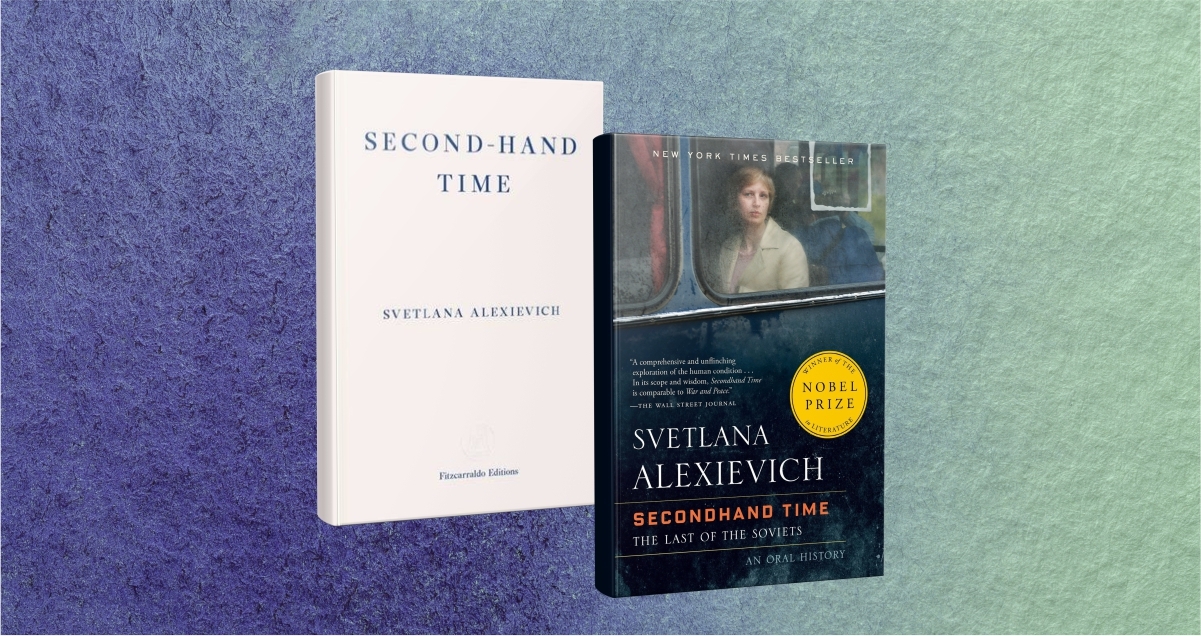The Union of Synchronised Swimmers by Cristina Sandu dives into the complexities of migration | Calvert Reads

In an unnamed Soviet state, six girls working for a cigarette factory form a synchronised swimming team. They plunge into their local river, twisting and gasping as they draw shapes in the air. Soon enough, they are practising at a grand sports complex, chosen to represent their homeland — “a black dot on a map” — at the Olympics. Scoffed at by apathetic boyfriends and startled by intrusive cameras, we follow our protagonists as they steel themselves for success.
Cristina Sandu’s slim, restless, and fragmentary second novel is tantalisingly unpredictable. The Union of Synchronised Swimmers joins the women years after their swimming debut as they make new lives abroad. Told through first person narration, the women bump up against reminders of what they have left behind, prompting their stories to unfurl in flashbacks to the past. These sections contain Sandu’s most gripping passages — a startling mix of poetic clarity and ominous imagery — that pull the reader back into the depths of the riverbed, where the girls would once vanish and feel free.
Born to a Finnish-Romanian family in Helsinki, Sandu speaks six languages and deftly captures the acrobatics of speech, the way it shifts and assimilates.
“Words do not come to her from the outside, but from within, whole and ready. The articles slip into their places effortlessly: they don’t make her stutter but drip from her lips. The endings of her words, which are forever changing in her mother tongue, straighten. Diminutives, usually everywhere, fade.”
Sandu also deeply understands vulnerabilities bound up in language, especially in hearing or speaking one’s mother tongue. When Anita embarks on a fling in Helsinki with a man from her home country, she lets him assume she is Finnish. The native tongue that connects them becomes an obstacle in their flourishing, uncertain romance. When they make love, she bites her lips, “so the words in the wrong language don’t spill out”. Later, she adds: “He calls me names I’d forgotten and which fill me with shame”. In Rome, a character hears herself being described as “some Russki”, and “the word catches Nina off guard, almost toppling her over”.
Sandu dissects the migrant experience carefully and earnestly. Across these stories, the women show just parts of themselves to others. Though they do their best to hide their former lives in their new homes, their past becomes useful, nevertheless. Swimming is what takes them far from home. Just as they once practiced in the water, they need only to stretch into new positions, “sometimes hands, sometimes feet, above the surface”.
This article is part of Calvert Reads, a new series revisiting great works of literature across the ages.


